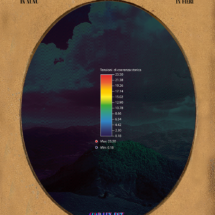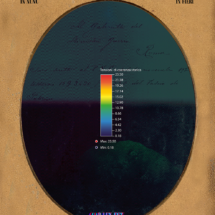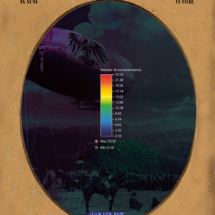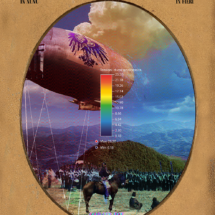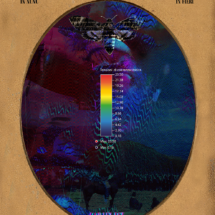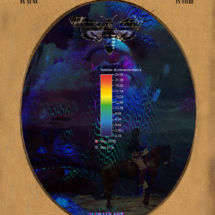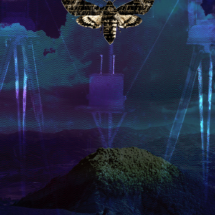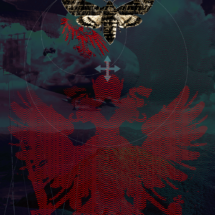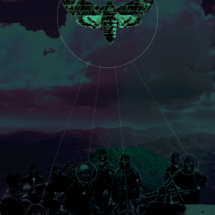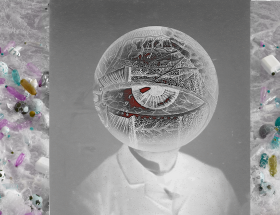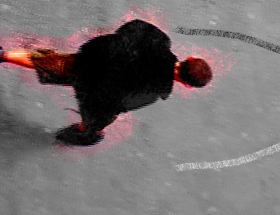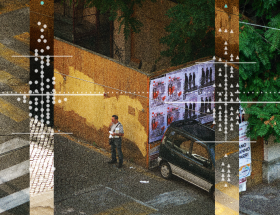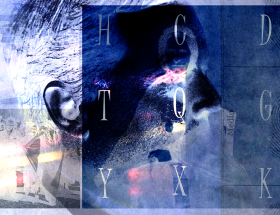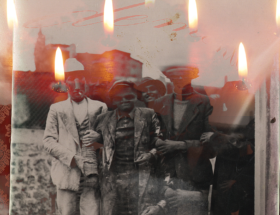In order to achieve meaningful outcomes in the election of the most appropriate approach to the arduous process of ototopic modelling, it might prove shrewd to produce, preliminarily, a structure susceptible to comparison with traditional methods.
The resistance immanent in the finalisation of a plurality of joints intended to preordainedly counteract bending was shrewdly quantified by means of the equipment of circumstantial perception. Therefore, the load-bearing burden of the terminal aggregate must be ajusted with the load-bearing burden inferred from concomitant poles, through an ototopic modelling articulation.
Prototype surface
The deposition, meticulously drawn from the historical archive, is precisely affixed to extend for a length equal to the number of conjunctions noted and fragmented into surfaces. Assuming that the terminal constellation manifests a rigid demeanour, under the relief of the coagulated forces, such as reported in the inquisitive sources, a rigid plane with a diameter coinciding with that of the emerging displacement arises. In order to emulate the elasticity of the correlated components when subjected to the extension of attraction, they were specified having the diameter devolved by the discrepancy between prediction and event. To ensure an even distribution of the prognosticated values in the time course, a rigid terminal aggregate was used at the point of application of the construct. However, rigid support in the z-axis, i.e. along the depth of the terminal aggregate, could lead to convergence problems.
Consequently, the hypothesis of a superficial elastic basement was put forward, with exemplary situations that eloquently encompass the coordinates of the judgement competing with the scenario. At points where deformations are unforeseeable due to the symmetrical conditions of an exemplary specimen where the maximum contact forces are expected, a constraint external to the timeline was further modelled. In the face of an affirmative response of support, both solutions would be liable to fail. With the causal warp of the emblematic case to prevail, an organisational model of ‘plastic isotropic’ invoice was devised, i.e. inherent with the same peculiarities in each direction. By means of this yield criterion, the considerable prolongation of the supposed content materialises, as a consequence of the increase in the delay to reach an optimal congruity, with a settlement stress value exceeding the threshold, depending on the nature of the material examined. As soon as the yielding criterion materialises in the concept deputed to join the expanded narrative, there remains no possibility of admitting further loads and a redistribution of the stimulus is initiated.
Feedback
The breaking criterion “Breakage of the conditional construct with simultaneous failure of coherence” of the chiasmatic account, i.e. the sequence of events in their chronological arrangement, as opposed to how the narrator decides to order them, can gain confirmation. When using the “plastic isotropic” invoice organisation model, it is necessary to assess the area of historically verified elements in the present moment. It should be taken into account that elements in the current state respond to residual damage. The ‘plastic isotropic’ organisational model exposes plausible, but excessively undefined regions. This denotes that the conjunction is overloaded when approached through a surface model.
The attractiveness of the conditional construct, determined by prediction, even exceeds the permissible limit attractiveness. Areas of plastic connection of hypothetical events of similar size were established through further modelling. Here, the point deposition included in the terminal aggregate, the coagulated forces reported in the documents under review, are manifested through solid representations and the insertion of the force of the point deposition into the terminal aggregate occurs through gap connections.




